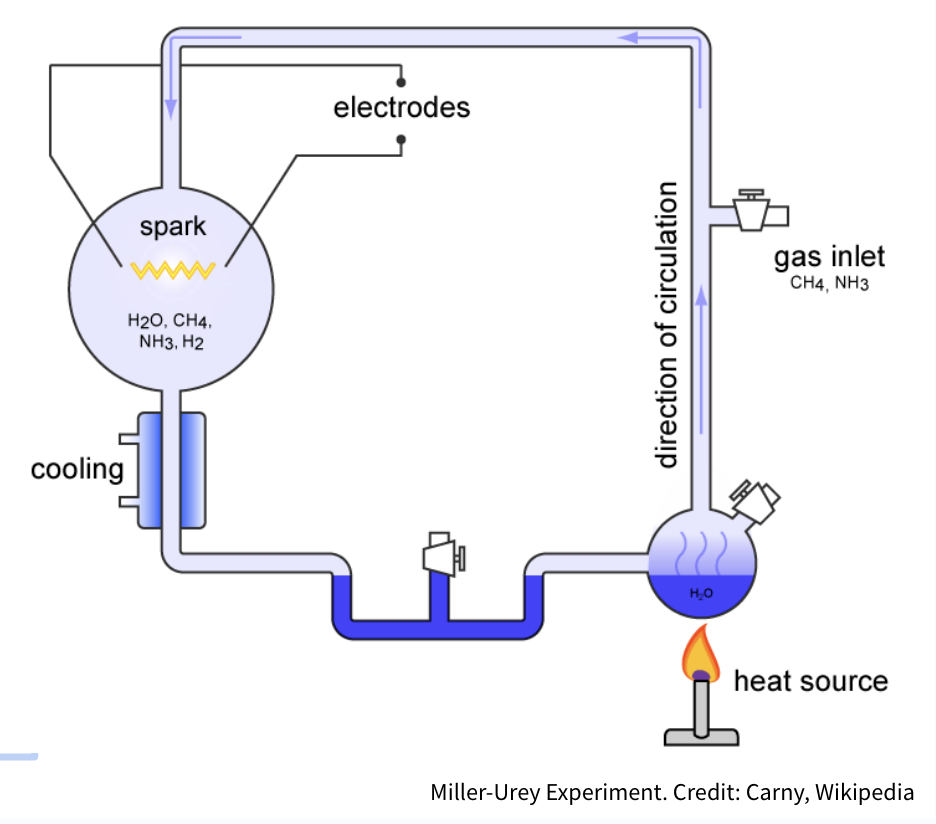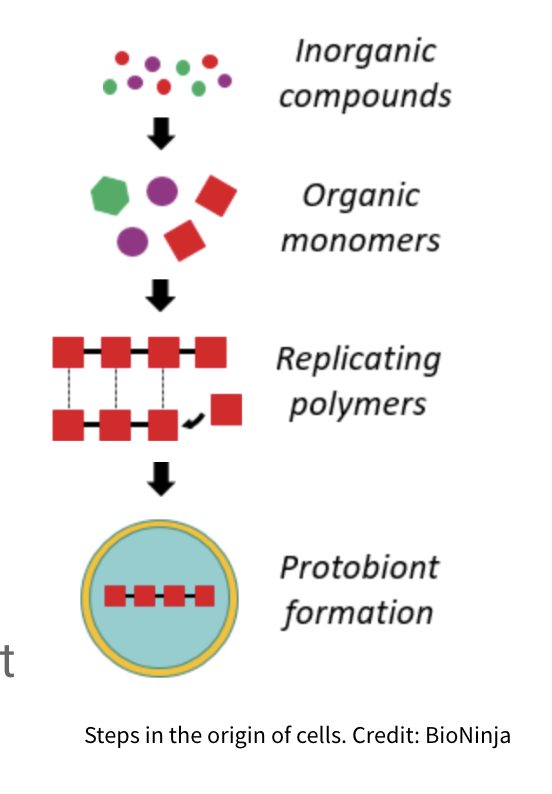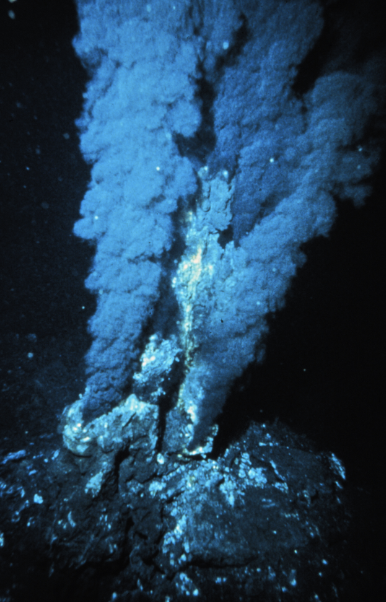A2.1 - Origin of Cells
1/7
There's no tags or description
Looks like no tags are added yet.
Name | Mastery | Learn | Test | Matching | Spaced |
|---|
No study sessions yet.
8 Terms
Outline the conditions that are thought to have existed on prebiotic Earth, including atmosphere, temperature, and UV radiation.
State that the conditions of prebiotic Earth may have caused a variety of carbon compounds to form spontaneously.
In addition to lacking oxygen, early Earth had a much higher CO2 and methane (CH4) concentration. This means that early Earth had a much stronger greenhouse effect and therefore higher temperatures.
Discuss the reasons why viruses are considered to be non-living.
Viruses do not perform all the aspects of MR. HM GREN
Outline the methodology, results and conclusion that can be drawn from Miller and Urey’s experiments into the origin of biologically relevant carbon compounds.
Discuss the benefits and limitations of the Miller-Urey apparatus as a model for a natural phenomena.
Inputs:
H2O, CH4, NH3, H2
Heat
Spark (simulating lightning)
Results: Simple organic compounds (at least amino acids) can be produced under conditions found on early Earth.

Describe the spontaneous formation of membranes and vesicles by amphipathic molecules such as fatty acids and phospholipids on prebiotic Earth and the consequences for early protobiont cells.
Formation of simple organic compounds from inorganic compounds (e.g. amino acids, nucleotides, monosaccharides like glucose)
Assembly of simple organic molecules into polymers
Origin of a self-replicating polymer (this involves catalysis)
Formation of a membrane separating an internal compartment (cytoplasm) from the external environment

State modern cells use DNA as genetic material and enzymes as catalysts of metabolism.
List properties of RNA that suggest it was the first genetic material.
Compare the genetic stability of RNA and DNA.
Outline the ribosomal ribozyme as a type of RNA that is still used as a catalyst.
In all living cells today, DNA is the genetic material, but it’s unlikely that it was the first genetic material used by life.
1. RNA (like proteins) can fold into specific shapes to perform catalysis (RNA performing this function is called a ribozyme). It therefore could have allowed metabolism in early cells.
2. RNA (like DNA) can store genetic information in its base sequence (A, C, G, and U)
Define LUCA.
Discuss why the LUCA is not thought to be the first cell, but rather is thought to be the last common ancestor to all living cells.
Last Universal Common Ancestor
LUCA was not the first cell to exist, other lineages existed alongside LUCA or before LUCA, but went extinct, leaving only a single branch of life surviving.
Compare the estimated dates for the evolution of the first cells and of the LUCA cells to the age of Earth.
LUCA lived 3.5-4.5 bya based on geological and fossil evidence.
Explain the use of deductive reasoning to predict what genes were present in LUCA cells.
Describe the conditions present at a hydrothermal vent.
Explain how knowledge of the genes present in the LUCA cells can provide evidence that the cells lived in the vicinity of hydrothermal vents.
In the 355 genes most likely belonging to LUCA, some of them are genes that enable life in high-temperature, anaerobic environments. These two features suggest an environment like that found in deep sea hydrothermal vents. The water around these vents is rich in minerals that can be used in chemosynthesis–the production of organic molecules using energy released by chemical reactions.
